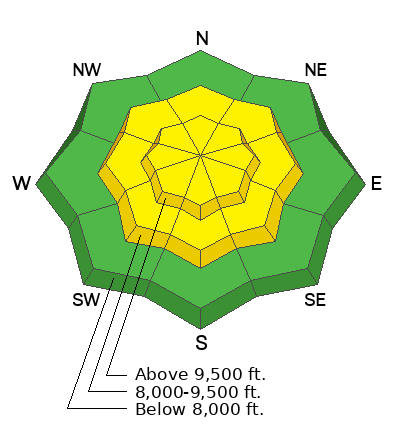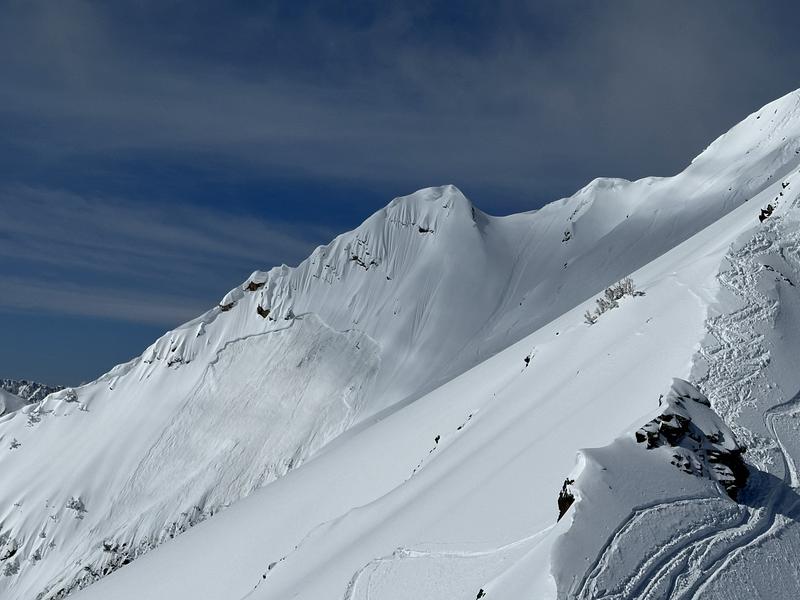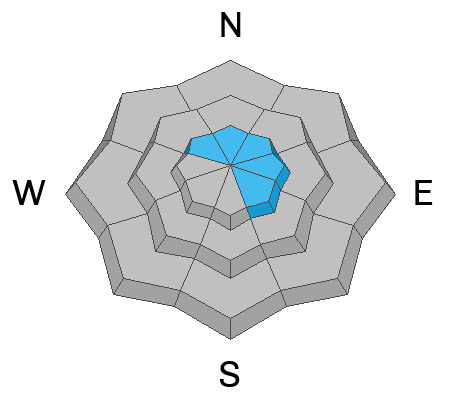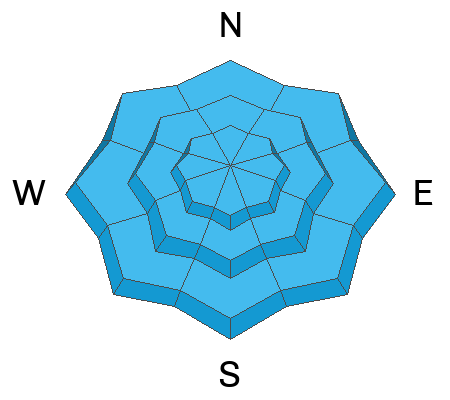Forecast for the Provo Area Mountains

Issued by Nikki Champion on
Thursday morning, March 28, 2024
Thursday morning, March 28, 2024
Throughout the day, the incoming storm may cause avalanche danger to rise to MODERATE on all mid and upper-elevation slopes, where periods of heavy snowfall and strong winds will make human triggered avalanches possible. The elevated winds will continue to form unstable slabs of wind-drifted snow at upper elevations. Both loose snow and slab avalanches may be possible within the different layers of new snow from the past week.
During periods of higher snowfall rates (greater than 1" per hour), avalanches will be easier to trigger. If the snowfall rates spike, the avalanche danger will spike as well. Watch for any signs of instability such as cracking and sluffing.

Low
Moderate
Considerable
High
Extreme
Learn how to read the forecast here









